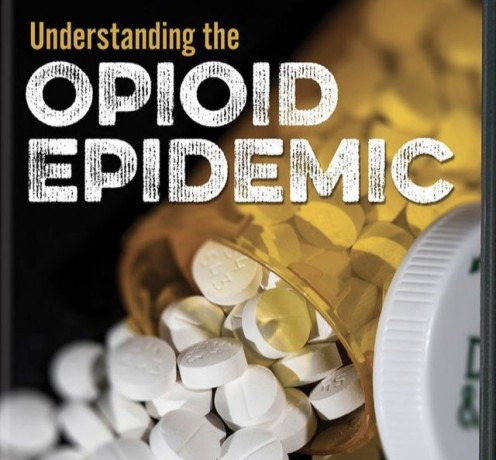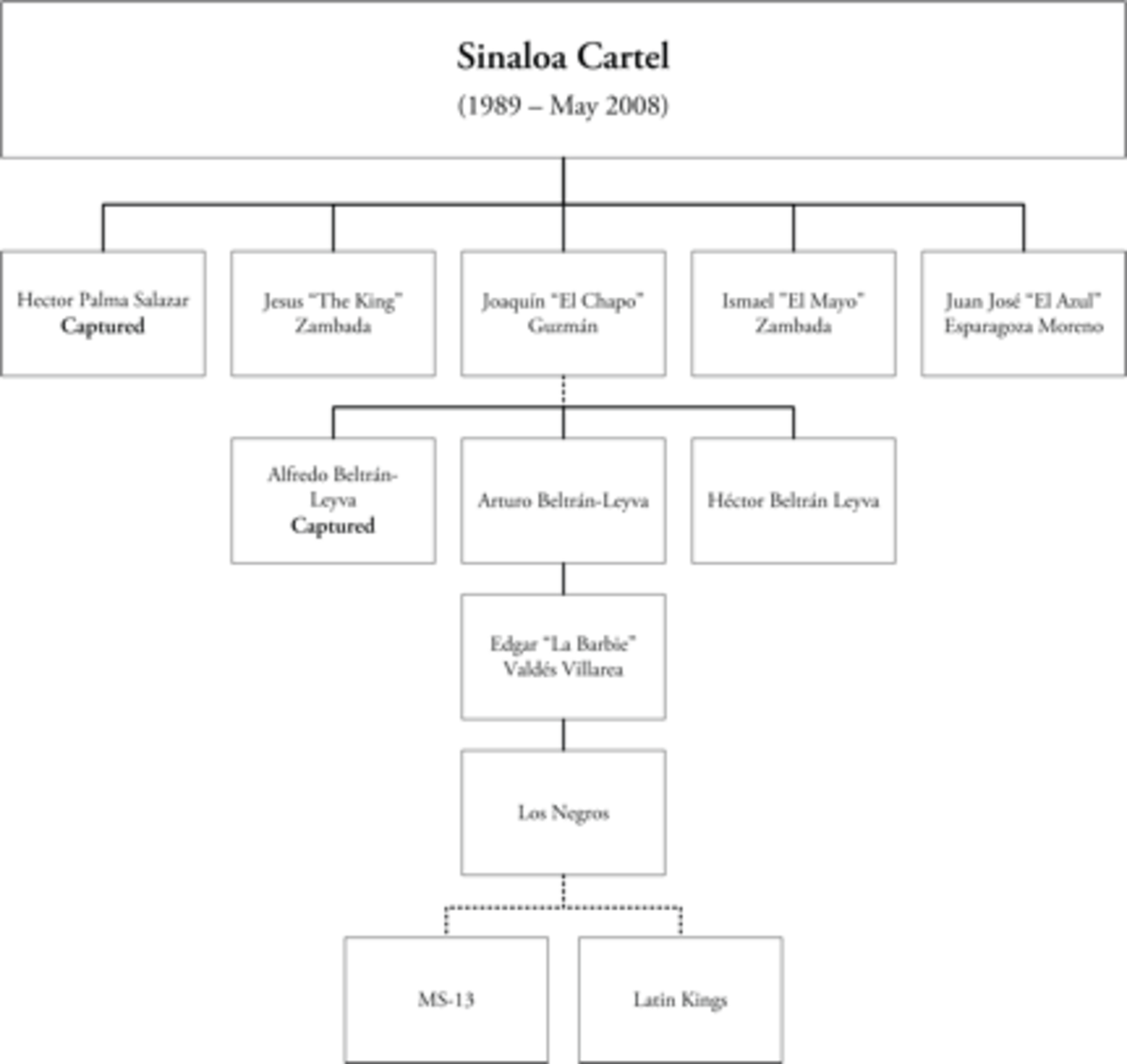Opioids Governance and Policy Networks
Opioids

Democratic Governance and Policy Networks: Opioids Epidemic
Policy networks are considered a network of actors that are mutually dependent on each other, that look at the complex issues between government and agencies (Klijn, 1996). With so many public issues we, there is one that is being ignored. This is a policy that allows people who suffer chronic illness to obtain their opioid medication. With the increase of overdose and deaths from opioid, people are blaming the healthcare industry for this epidemic.
Opioids are a class of drugs that come from the opium poppy plant ("Drug Facts," 2018). Scientist manufacture this plant to create medications such as:
• Vicodin
• OxyContin
• Oxymorphine
• Morphine
• Codeine
• Fentanyl
Illegal Opioids:
• Heroin ("Drug Facts," 2018)
These medications help patient relax and relieve pain that allows them to function in normal daily activities ("Drug Facts," 2018). Physicians prescribe these medications for patient that have mild to severe pain, but some are under the impression patient become high off these medications. In one story, a guy named Stewart was a truck driver and patient that was taking high dose of opioids medications since his hip injury ended up having to find alternative ways to get his pain medications (McCoy, 2018). This included driving long distances and spending extra money to get them. These medications allowed him to function, but he was being ignored, but a Nurse Practitioner understood and prescribe the medications (McCoy, 2018). For some time, he was able to function and continue living. With Stewart, he kept getting his dosage increased and it backfired on him causing him to lose in the end. In this story, I would not have thought Stewart was addicted, but I think his body metabolize the drug faster which is why the need for the increases. Nurse practitioners looks at this epidemic as a disorder and implementing a Naloxone program for the patients that show signs of this disorder (Marie PhD, Arnstein, & Zimmer, 2018). This program will train and given patient the medication to take home (Marie PhD et al., 2018). Being an excellent policy, what about the patients require opioids to function, so far only the patients that are at risk for addiction.
When looking at the organizations that connect to the resources of this issue, I can see why the fear is instilled in the public. Looking at the Center of Disease Control and Prevention (CDC), they state when patient use opioids for long term are at risk for addiction or overdose (Donnell & Chu, 2018). They are also discouraging doses more than the equivalent to 90 milligrams of morphine ("Drug Facts," 2018). But you have other organizations such as CVS that impose the restriction on opioid prescriptions. Other actors like nurse still believe in treating patients by how they feel pain, not what the government allows. You are now seeing the use of alternative treatment such as marijuana and Kratom being used by patients to help (McCoy, 2018). The use of Kratom, now has the Drug Enforcement Agency (DEA) fighting to have this regulated as well. But with 126 million people that suffer recurrent pain, 25 million endure chronic pain, which cost $600 billion dollars a year, 22 million use illegal drugs and 20 million have substance disorder, 2 million of this is from opioids (Donnell & Chu, 2018). The CDC incorrectly presented the data for overdoses, because most people that overdose is from heroin and manufactured fentanyl. Because of the data, 10% of the patients are suffering and are bedridden, not able to work and even becoming suicidal.
We are all in agreement that drug and medication overdose is a serious problem. The government has implemented funds for the treatment of patient and people that are addicted by expanding treatment facilities for Noloxone. But there are people that do not need this form of treatment but the medications to function. The chronic pain population is being underrecognized and under resource. Because of this issue more will be filing disability and cost even more money instead of being a part of the communities and play the vital role in the American public.
References
Donnell, J. O., & Chu, J. (2018, July 2, 2018). Chronic Pain Patients, Overlooked in Opioid Crisis, Getting New Attention from the Top at FDA. USA Today. Retrieved from www.usatoday.com
Klijn, E. H. (1996, May 1, 1996). Analyzing and Managing Policy Processes in Complex Networks: A Theoretical Examination of the Concept Policy Network and its Problems. Administration & Society, 28, 90-119. https://doi.org/10.1177/009539979602800104
Marie PhD, AGPCNP, B. S., Arnstein, PhD, FNP-C, P., & Zimmer, MN, FAANP, FAAN, P. A. (2018, January 1, 2018). Pain and Opioids: Call for Policy Action. Journal for Nurse Practitioners, 14, 40-44. https://doi.org/10.1016/j.nurpra.2017.10.002
McCoy, T. (2018, May 31, 2018). UNINTENDED CONSEQUENCES. Washington Post. Retrieved from https://www.washingtonpost.com/graphics/2018/local/impact-of-americas-opioid-crackdown/?utm_term=.5a94f121fb9c
Prescription Opioids. (2018). Retrieved from www.drugabuse.gov





